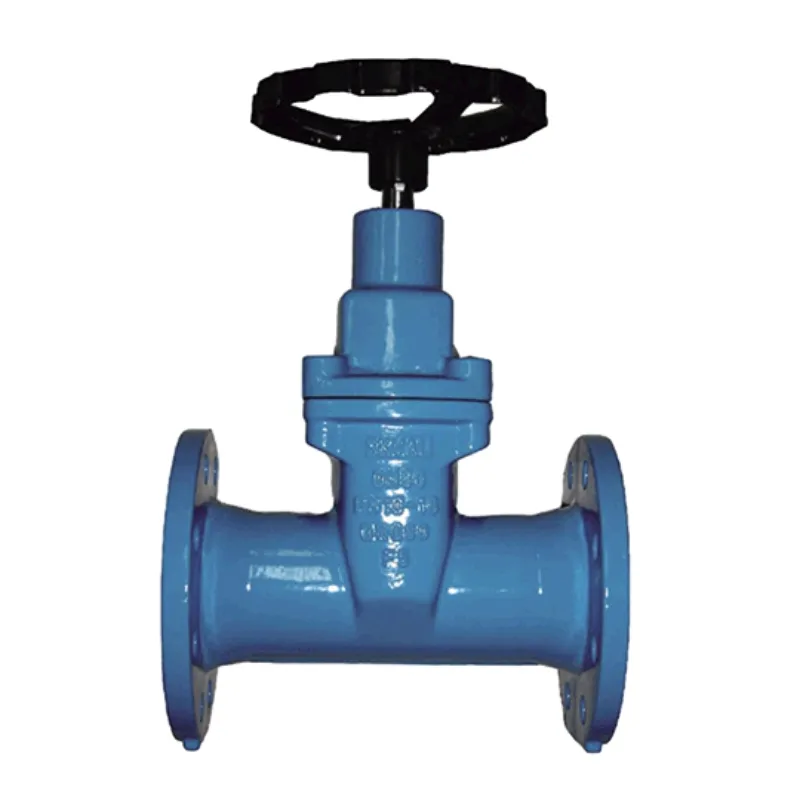des . 10, 2024 15:11 Back to list
wafer type butterfly valve
Understanding Wafer Type Butterfly Valves An Essential Component in Fluid Control Systems
Butterfly valves are essential components in various industrial applications, known for their simple structure and efficient operation. Among the various types of butterfly valves, the wafer type is particularly noteworthy due to its unique design and benefits. This article delves into the characteristics, advantages, and applications of wafer type butterfly valves, providing insights into why they are a preferred choice in many fluid control systems.
What is a Wafer Type Butterfly Valve?
A wafer type butterfly valve is a quarter-turn valve that uses a rotating disc to regulate fluid flow. The design incorporates a disc mounted on a shaft that rotates within the valve body, which is typically cast in either metal or plastic. The valve is characterized by its compact size and lightweight construction, which allows for easy installation between flanges without the need for additional support.
Key Features of Wafer Type Butterfly Valves
1. Compact Design One of the most significant advantages of the wafer type butterfly valve is its compactness. This design allows it to fit easily between two flanges, saving space in areas where installation space is limited.
2. Lightweight Construction The materials used in wafer type butterfly valves, including various metals and plastics, contribute to a lighter weight compared to other types of valves. This makes handling and installation more manageable, particularly in large-scale operations.
3. Versatile Applications Wafer type butterfly valves are versatile and can be used in various industries, including water treatment, chemical processing, oil and gas, and HVAC systems. Their ability to handle different pressures and temperatures adds to their appeal.
4. Cost-Effectiveness Due to their simple design and fewer moving parts, wafer type butterfly valves tend to be more cost-effective than other valve types. This affordability does not compromise their effectiveness, making them an indispensable component in many systems.
wafer type butterfly valve

5. Easy Maintenance Maintenance is straightforward due to the valve's design, which allows for easy access to the inner mechanisms. This simplifies the process of inspection, repairs, and replacements, reducing downtime in systems where the valves are essential.
Advantages of Wafer Type Butterfly Valves
The wafer type butterfly valve provides several advantages over traditional valve designs. Firstly, they have a low-pressure drop, making them highly efficient in controlling fluid flow. This is crucial in systems where maintaining pressure is essential for optimal performance.
Secondly, their construction allows for minimal leakage, ensuring that fluid is contained effectively. This is particularly critical in applications involving hazardous materials where leakage could lead to safety risks and environmental concerns.
Lastly, the ability to handle high flow rates while maintaining pressure integrity makes wafer type butterfly valves perfect for many industrial applications. Their versatility means they can be used for on/off control as well as throttling applications, broadening their range of usage.
Applications in Industry
Wafer type butterfly valves are commonly found in numerous industrial sectors. In water treatment facilities, they regulate the flow of water in pipelines. In the chemical industry, they control the flow of corrosive fluids, thanks to the availability of suitable materials. In HVAC systems, these valves help adjust airflow, ensuring efficient climate control.
In conclusion, wafer type butterfly valves are a significant advancement in fluid control technology. Their compact design, lightweight nature, cost-effectiveness, and versatility make them an ideal choice for various industrial applications. As industries continue to evolve, the demand for efficient and reliable fluid control solutions will only increase, further solidifying the place of wafer type butterfly valves in modern engineering and infrastructure.
Share
-
Reliable Wafer Type Butterfly Valves for Every IndustryNewsJul.25,2025
-
Reliable Flow Control Begins with the Right Ball Check ValveNewsJul.25,2025
-
Precision Flow Control Starts with Quality ValvesNewsJul.25,2025
-
Industrial Flow Control ReliabilityNewsJul.25,2025
-
Engineered for Efficiency Gate Valves That Power Industrial PerformanceNewsJul.25,2025
-
Empowering Infrastructure Through Quality ManufacturingNewsJul.25,2025